Does your property management company use a resident app? More and more companies are using mobile applications to support their company growth in the current digital era. The potential uses for mobile applications are limitless, ranging from maintaining customer connections to processing payments.
Property managers are beginning to see these benefits and use technology to increase communication, streamline operations, and improve the overall experience for their residents. Community management companies are increasingly using customized resident applications, which may act as a hub for residents to obtain crucial information, receive communications, and much more.
Read on for a list of six ways you may use a resident app to enhance the resident experience.
Table of contents
- Communications
- Payments
- Architectural Requests
- Violation History
- Work-Orders and Service Requests
- Document Storage
As a homeowner, you may be asking yourself what use you have for yet another log-in or application on your phone to remember. In this article we will break down effective ways to communicate how the use of the resident app can streamline management and improve the overall resident experience.
6 Ways a Resident App Can Improve the Resident Experience:
1. Communications:
Effective communication is the cornerstone of a positive resident experience in an HOA community. A resident app can serve as a powerful tool for facilitating communication between the HOA management and residents. Through the app, residents can receive timely notifications, updates, and announcements from the HOA board. Important messages regarding community events, policy changes, or neighborhood news can be instantly shared, ensuring that residents stay well-informed and engaged. Furthermore, the app can also offer two-way communication, allowing residents to submit inquiries, feedback, or service requests conveniently. By fostering seamless and transparent communication, a resident app helps create a strong sense of community and trust.
2. Dues Payments:
Managing HOA dues payments can be a cumbersome process for both residents and the HOA management. However, a resident app can revolutionize this aspect of HOA management by offering convenient online payment options. With a resident app, residents can easily pay their HOA dues securely and hassle-free. This not only saves time and effort for both residents and the HOA board but also reduces the risk of errors or late payments. Additionally, the app can provide a detailed payment history for residents to track their transactions, ensuring transparency and accountability.
3. Architectural Requests:
Residents in an HOA community often have architectural guidelines and restrictions to maintain the overall aesthetic and value of the neighborhood. A resident app can streamline the process of submitting architectural requests or modifications. Residents can use the app to submit requests for renovations, repairs, or any other architectural changes they would like to make to their property. This feature ensures that the requests are documented, organized, and promptly addressed by the HOA board. By digitizing this process, residents can conveniently track the progress of their requests, eliminating the need for paperwork and unnecessary follow-ups. This not only improves efficiency but also enhances resident satisfaction by expediting the resolution of architectural concerns.
4. Violation History:
Maintaining a safe and harmonious living environment is essential in any HOA community. A resident app can streamline the tracking of violations or infractions, enabling the HOA board to address them efficiently. Furthermore, the app provides residents with visibility into their violation history, ensuring both transparency and accountability. By leveraging technology, the HOA board can promptly enforce community rules, address violations, and maintain a peaceful environment. This feature not only enhances residents’ sense of security but also fosters a culture of compliance within the community.
5. Work-Orders and Service Requests:
Timely maintenance and prompt resolution of service requests are essential for resident satisfaction in an HOA community. With a resident app, residents can easily submit work-orders and service requests directly through their mobile devices. Whether it’s a landscaping issue, a broken streetlight, or a maintenance request for common areas, residents can report the problem instantly through the app. This streamlines the process, eliminates paperwork, and ensures that requests are efficiently routed to the appropriate personnel. Residents can also track the progress of their requests, receive updates, and provide feedback, thereby enhancing transparency and accountability in HOA management.
6. Document Storage:
Managing and accessing important documents can be a hassle for both residents and the HOA board. A resident app can serve as a centralized repository for storing and accessing essential documents such as HOA bylaws, community guidelines, or important notices. Instead of sifting through physical paperwork or relying on email communications, residents can conveniently access these documents within the app. This feature saves time, reduces paperwork, and ensures that residents have easy access to all relevant information whenever they need it.
Conclusion:
A resident app is a powerful tool that can significantly improve the HOA resident experience by streamlining communication, simplifying processes, and improving overall efficiency. Through seamless communication, convenient dues payment options, streamlined request processes, and easy access to essential documents, residents can enjoy a more transparent and engaging living experience within their HOA community. Moreover, as HOA boards adopt technology and invest in resident apps, they showcase their commitment to creating a modern, resident-centric living environment. By leveraging the advantages of mobile applications, HOAs can build thriving communities that prioritize resident satisfaction and foster a strong sense of belonging.














